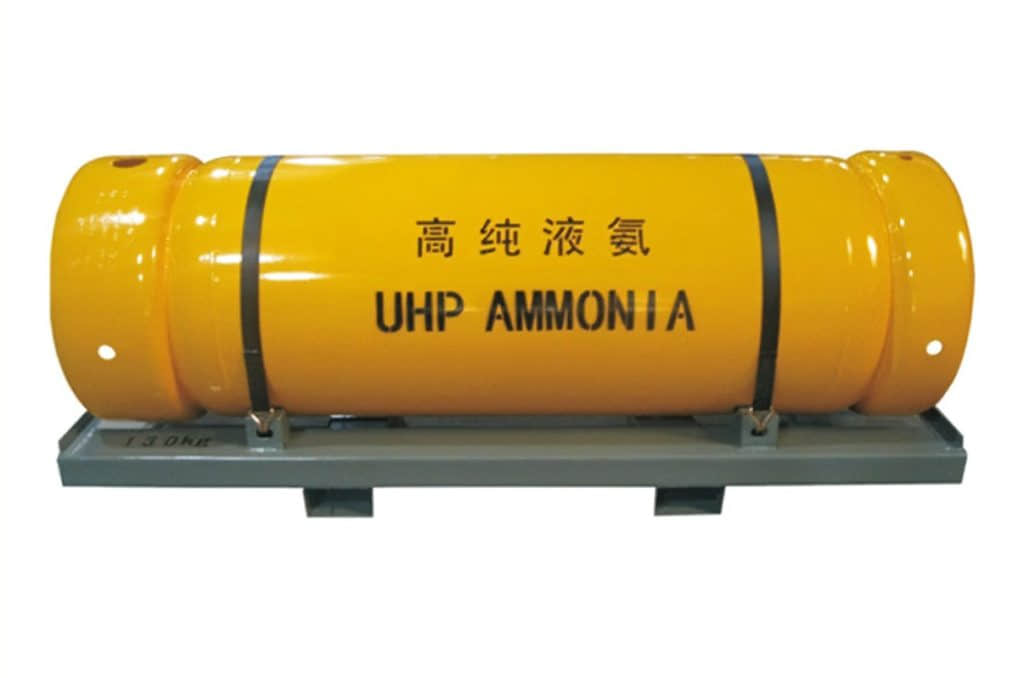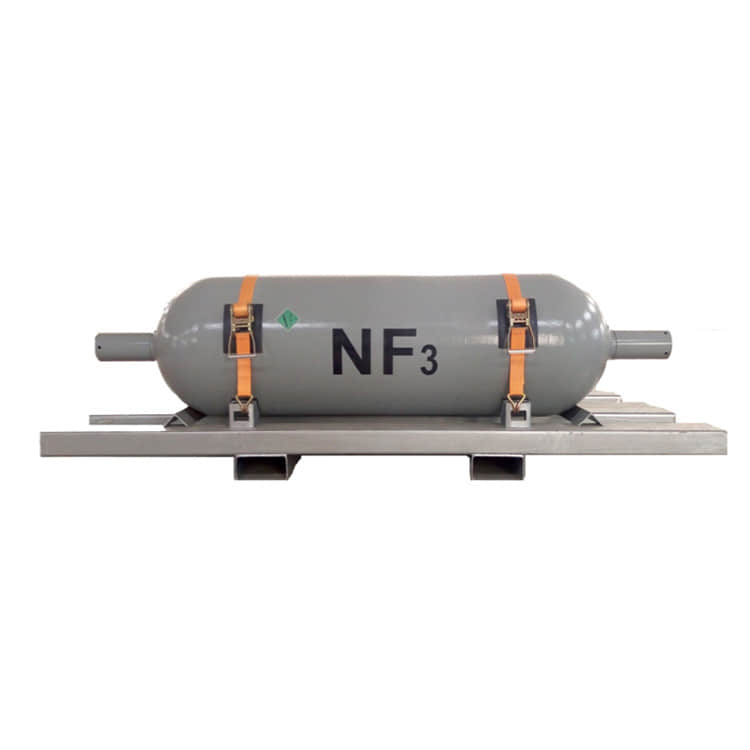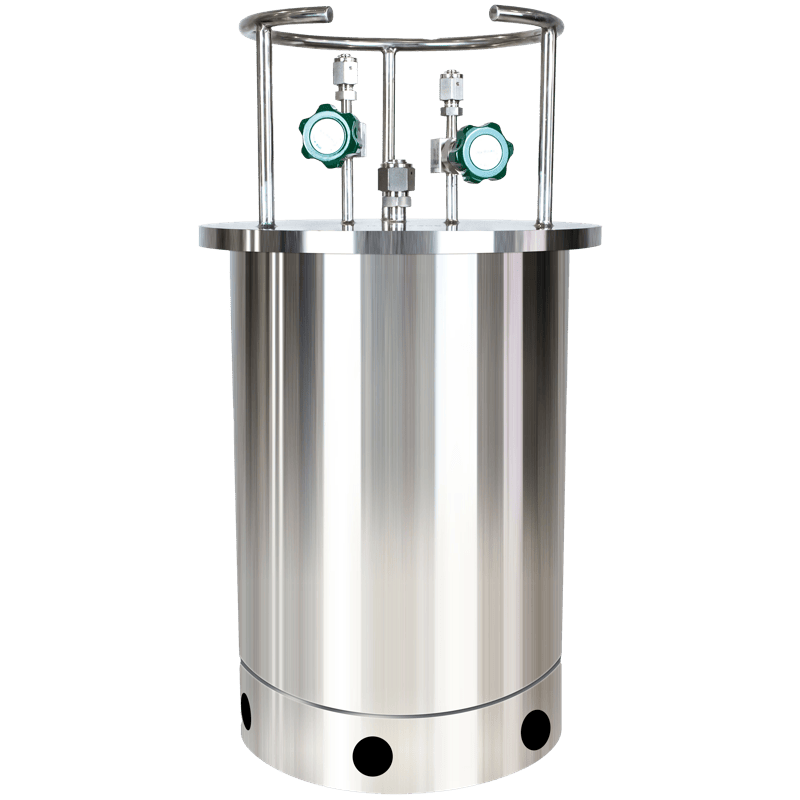Electronic grade ammonia is a type of high-purity ammonia, with a purity generally above 99.9999%. The content of impurities such as water, dust, and rust in ammonia is extremely low, making it widely used in fields such as electronics, microelectronics, and power. In the field of electronics, electronic grade ammonia gas is mainly used in processes such as thin film integrated circuits, hybrid integrated circuits, post packaging, vapor phase epitaxy, chemical vapor deposition, photolithography, and wafer preparation. In these processes, electronic grade ammonia gas is used as a reaction gas, cleaning gas, or passivation gas. In addition, electronic grade ammonia is also widely used in the field of microelectronics. For example, in semiconductor manufacturing processes, electronic grade ammonia gas is used for chemical vapor deposition, photoresist hardening, and development processes. In the field of power, electronic grade ammonia gas is used for maintenance and upkeep of high-voltage power equipment. Electronic grade ammonia gas is mainly used in semiconductor lighting, integrated circuits, flat panel display panels, solar cells and other optoelectronics and microelectronics fields. High purity ammonia plays a decisive role in LED production and is used to ensure the highest quality LED components are produced. In addition, electronic grade ammonia can also be used for surface cleaning and etching processes of semiconductor devices. In the microelectronics industry, electronic-grade ammonia is also used as a doping source and as a raw material for epitaxial growth.
Storage conditions
Storage precautions: Store in a cool, dry, and ventilated dedicated warehouse for toxic gases. Keep away from sparks and heat sources. The temperature of the warehouse should not exceed 30 ℃. It should be stored separately from oxidants, acids, halogens, and edible chemicals, and should not be mixed for storage. Using explosion-proof lighting and ventilation facilities. Prohibit the use of mechanical equipment and tools that are prone to sparks. The storage area should be equipped with emergency response equipment for leaks.
Storage precautions: Store in a cool, dry, and ventilated dedicated warehouse for toxic gases. Keep away from sparks and heat sources. The temperature of the warehouse should not exceed 30 ℃. It should be stored separately from oxidants, acids, halogens, and edible chemicals, and should not be mixed for storage. Using explosion-proof lighting and ventilation facilities. Prohibit the use of mechanical equipment and tools that are prone to sparks. The storage area should be equipped with emergency response equipment for leaks.
Chemical properties: Pure liquid ammonia has stable chemical properties and can be stored for a long time. It does not burn in air, but can burn in oxygen to produce nitrogen and hydrogen, and in the presence of a catalyst to produce nitrogen oxide. React with halogen to free nitrogen gas, and react with excess chlorine to generate nitrogen chloride. Liquid ammonia forms addition compounds with Cu, Cr, Ni, Co, and platinum group metal compounds, which coordinate with ions to form complex salts. The complex salt dissolves in water and appears alkaline. Liquid ammonia exists in water as NH4OH molecules or dissociates into ions.
Precautions for operation: Strictly seal and provide sufficient local exhaust and comprehensive ventilation. Operators must undergo specialized training and strictly adhere to operating procedures. It is recommended that operators wear filtered gas masks (half masks), chemical safety goggles, anti-static work clothes, and rubber gloves. Keep away from sparks and heat sources, and smoking is strictly prohibited in the workplace. Use explosion-proof ventilation systems and equipment. Prevent gas leakage into the air of the workplace. Avoid contact with oxidants, acids, and halogens. During transportation, load and unload with care to prevent damage to steel cylinders and accessories. Equip corresponding types and quantities of firefighting equipment and emergency response equipment for leaks.







